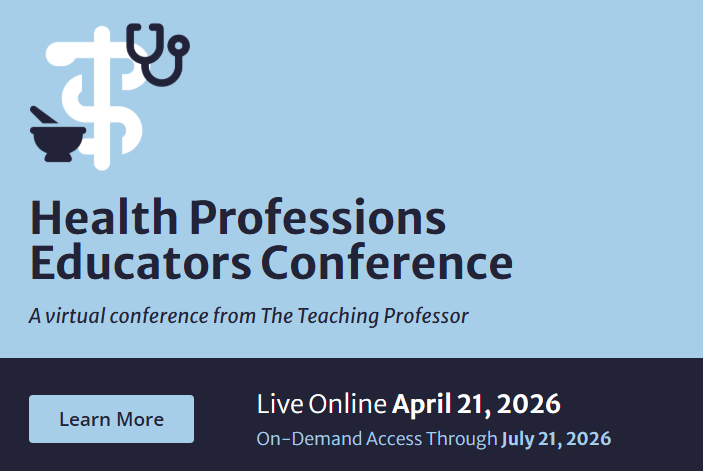Setting Students Up for Success
There’s an assumption that students arrive at college with some idea of how to study. They have, after all, completed four years of high school prior to their arrival, earning a seat in a college classroom.
But college is different. And we all know what happens when we assume.



